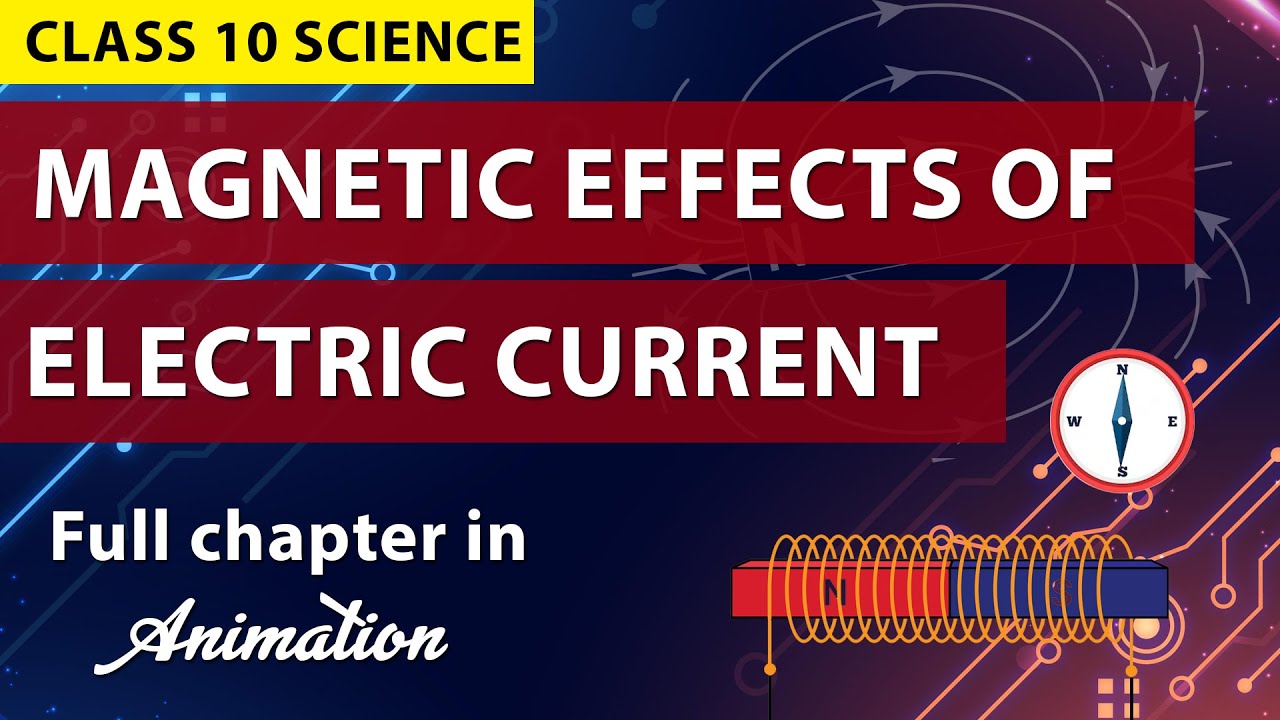What Oersted Discovered with his Compass
Summary
TLDRIn 1820, Danish scientist Hans Christian Oersted made a groundbreaking discovery while preparing for a lecture. Using a voltaic pile, a simple battery, he noticed that a compass needle near the wire moved when the current flowed. Oersted's accidental finding revealed that electricity and magnetism were interconnected, as electric currents create magnetic fields. This insight sparked intense research in electromagnetism, changing the way scientists understood the relationship between electricity and magnetism.
Takeaways
- 😀 Hans Christian Oersted, a Danish physicist and chemist, made a groundbreaking discovery in 1820 while setting up materials for a lecture.
- 😀 Oersted used a voltaic pile, an early type of battery, consisting of copper and zinc plates in a dilute acid solution.
- 😀 The battery's electric current flows from the positive to the negative terminal, though electrons actually move in the opposite direction.
- 😀 At the time, scientists knew that electricity could flow through a wire, but they were unaware of its magnetic properties.
- 😀 Oersted accidentally discovered that when a wire connected to the battery carried an electric current, it produced a magnetic field.
- 😀 A compass needle near the wire moved, which indicated the presence of this magnetic field around the current-carrying wire.
- 😀 When there was no current, the compass needle aligned with the Earth's magnetic field, but it shifted when current flowed through the wire.
- 😀 Oersted deduced that moving charged particles (electric current) produce a magnetic field that circles around the wire.
- 😀 Reversing the direction of the current caused the magnetic field to reverse, which was reflected by the compass needle flipping.
- 😀 Oersted's accidental discovery demonstrated that electricity and magnetism are interconnected phenomena, sparking a wave of research in electromagnetism in the early 1820s.
Q & A
Who made the accidental discovery about the relationship between electricity and magnetism?
-The discovery was made by Hans Christian Oersted, a Danish physicist and chemist, in 1820.
What experimental setup did Oersted use when making his discovery?
-Oersted was setting up materials for a lecture, which included a voltaic pile made of copper and zinc plates in a dilute acid solution, with a wire held in place by clamps.
What is the role of the compass in Oersted's experiment?
-The compass was part of Oersted's scientific paraphernalia, and its needle, normally pointing north, moved when placed near the wire carrying an electric current.
How did Oersted explain the movement of the compass needle?
-Oersted deduced that the movement of the compass needle was caused by a magnetic field generated by the current flowing through the wire.
What was the significance of the compass needle's movement in Oersted's experiment?
-The compass needle's movement provided evidence that electricity and magnetism were related phenomena, showing that an electric current produced a magnetic field.
What happens to the compass needle when there is no current in the wire?
-When there is no current in the wire, the compass needle aligns with the Earth's magnetic field, returning to its normal orientation.
How does the direction of the electric current affect the magnetic field around the wire?
-When the direction of the electric current is reversed, the magnetic field around the wire also reverses, causing the compass needle to flip and reflect the change.
What was the impact of Oersted's discovery on the scientific community?
-Oersted's discovery sparked a tremendous outbreak of research in the nascent field of electromagnetism, significantly advancing the understanding of these two forces.
What did Oersted's findings show about the relationship between electricity and magnetism?
-Oersted's findings showed that an electric current made up of moving charged particles produces a magnetic field, proving that electricity and magnetism are interconnected.
Why is Oersted's discovery considered a foundation for modern electromagnetism?
-Oersted's discovery is considered a foundation for modern electromagnetism because it was the first clear evidence that electricity and magnetism are related, leading to significant advancements in the study of electromagnetism.
Outlines

This section is available to paid users only. Please upgrade to access this part.
Upgrade NowMindmap

This section is available to paid users only. Please upgrade to access this part.
Upgrade NowKeywords

This section is available to paid users only. Please upgrade to access this part.
Upgrade NowHighlights

This section is available to paid users only. Please upgrade to access this part.
Upgrade NowTranscripts

This section is available to paid users only. Please upgrade to access this part.
Upgrade Now5.0 / 5 (0 votes)





